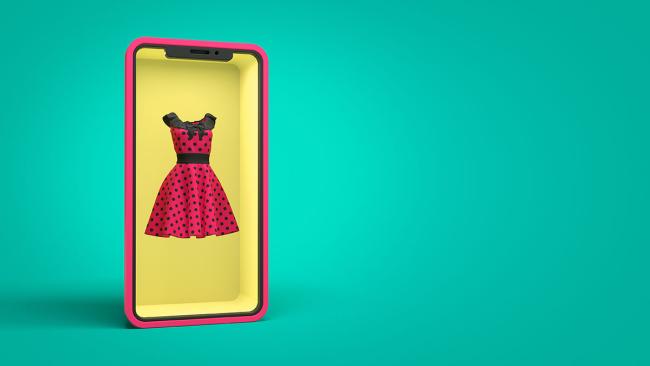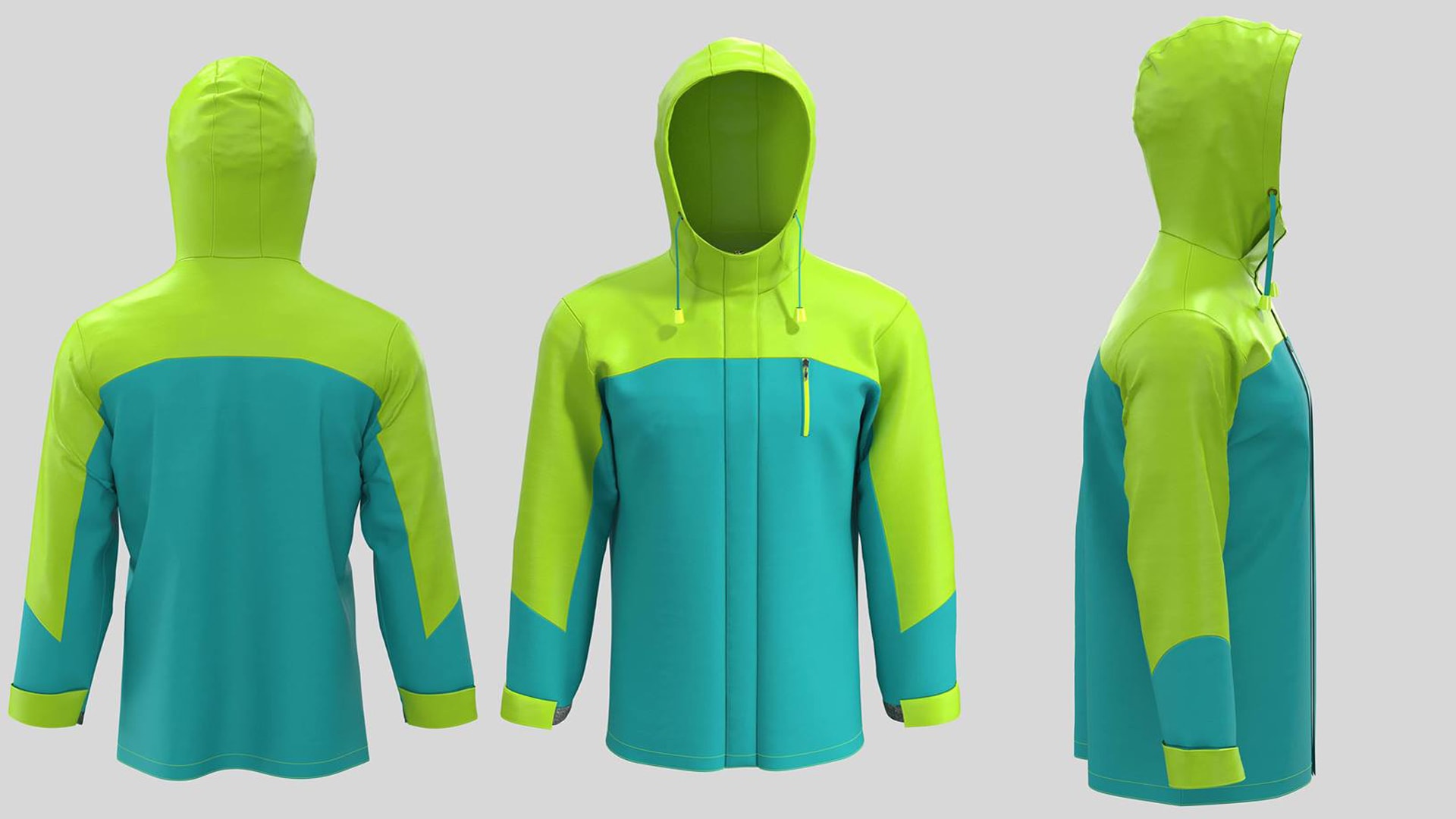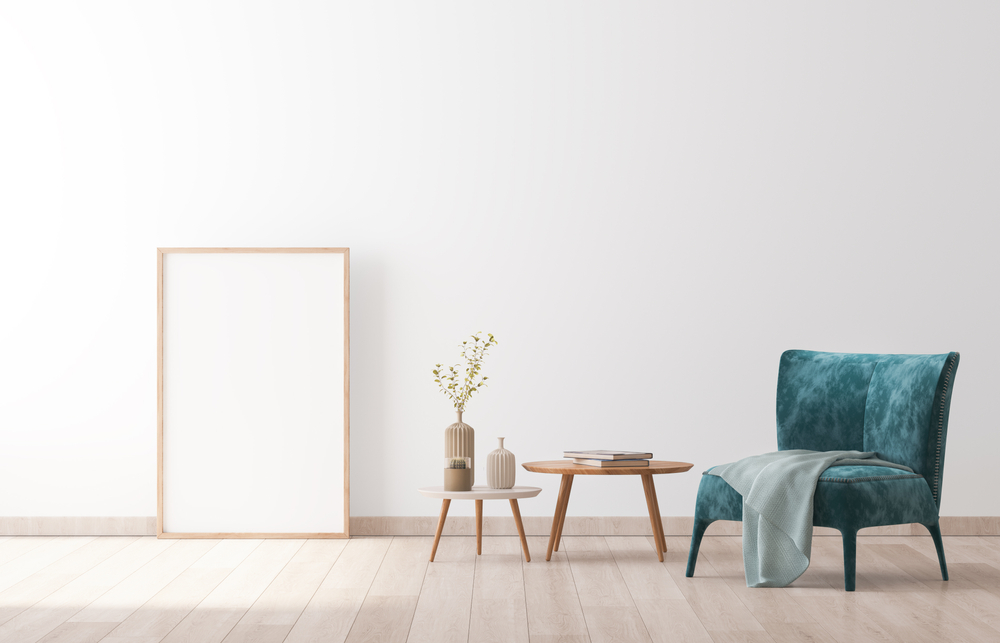Topics
4 Ways to Adopt 3D in Your Design and Sales Processes

Every day, it seems the world adapts to do more digitally. There are virtual classrooms, remote conferences, online family gatherings and streaming sports. Consumer goods and fashion brands are right at the heart of this digital revolution. Retailers, brands and manufacturers are transforming their traditional way of doing things with new digital approaches.
From concept to consumer, there is a need to leverage the virtual world to efficiently create, collaborate, share, sell and shop. This is especially important today, with remote work, travel restrictions and social-distancing requirements. Thanks to some exciting new 3D fashion technologies, “digital” does not have to mean “dull” or “difficult.” In fact, 3D can add depth and dazzle to your virtual work processes, including both business-to-business (B2B) and business-to-consumer (B2C) interactions and transactions.
3D software has come a long way. Now it can easily plug into many industry software solutions, including the BlueCherry Next™ platform. 3D can be used for visualizing new styles, simulating fit, virtual sampling, creating line presentations and selling online.
Are you ready to see how putting your products into the third dimension can be a winning strategy? Here’s a quick look at four ways to adopt 3D.

#1: 3D Designs and Samples
3D design packs a powerful value proposition. When design teams, their customers (internal and external) and supply chain partners can keep the creative process flowing in the digital realm, you can realize myriad benefits, including:
- Speed to market: 3D design tools offer the possibility to review styles virtually with multiple stakeholders. Then design and product development teams can rapidly react to feedback. Technical design issues, merchandising changes and customer likes can be considered much earlier and faster.
- Reduced sampling: When designs go through a digital iteration and approval process, physical samples are more likely to be of high quality and approved on the first round. WhichPLM reported that 3D sampling can result in 50 percent time savings and 70 percent cost savings on sampling processes.
- Sustainability: Fewer physical samples means less wasted material and reduced need for energy-consuming, polluting transportation resources.
Several 3D design technology providers are Browzwear, CLO Virtual Fashion and OptiTex. Each offers digital consumer goods and apparel design and sampling technology with unique capabilities, including true-to-life visualization. 3D technology realistically emulates how new styles would look if they were featured in actual, physical-world fit test sessions, line reviews, showroom presentations or runway events.
#2: 3D Materials and Textures
To leverage 3D renderings for creating, marketing and ultimately selling fashion, you will need access to high-quality virtual materials and trim. What are these, and how do you “source” them? Whereas physical materials are made of fibers, dyes and such, virtual materials are made of data. In other words, they are made of information about the physical materials, and you source them from technology providers who have captured the materials data.
This data enables the 3D technology to simulate how materials will look, drape and fit on virtual avatars, or digital models. 3D materials also can be used for storyboards, line presentations and eCommerce — any situation in which it’s desirable to show a variety of material choices or close-up views of a fabric or trim.
3D material technology has made big strides in recent years. Some PLM, PIM and 3D design platforms have built-in 3D material libraries, or they integrate with specialized material simulation applications, such as Substance by Adobe and Vizoo. Browzwear offers the Fabric Analyzer (FAB). With this solution, a small desktop device captures data from a physical fabric swatch, including property values for thickness, bendability and stretchability. It translates this information into a visual image that can be used for 3D design.
#3: Product Lifecycle Management (PLM) with Integrated 3D
While 3D has the potential to revolutionize design and merchandising processes, it can only transform as much as a standalone solution. The real magic happens when 3D can be seamlessly integrated into your overall workflow, supply chain and go-to-market processes. One of the best ways to accomplish this is by integrating your 3D solutions with a PLM platform. Not all PLM solutions are equipped to handle 3D processes and file formats, so it’s important to evaluate your PLM vendor’s readiness to support emerging technologies like 3D.
BlueCherry Next™ PLM is designed to integrate with multiple 3D technologies, enabling end users to visualize products, communicate with suppliers and replace physical prototypes with virtual samples. The solution’s digital asset management functionality accommodates 3D renderings. Like all other assets, such as images, patterns and specifications, these 3D files are centrally located and accessible via any device or browser to authorized users and applications.

#4: Enhancing Sales Channels with 3D Product Renderings
One of the most exciting aspects of 3D technology is that the virtual renderings are often so good, they can be used not only for product development purposes, but also for selling. So, after all of your hard work to perfect a style and get approvals, you can get a lot more mileage out of the finished virtual fashion files. 3D product renderings can be pushed out to B2C ecommerce sites through popular platforms like Shopify, Magento and BigCommerce. Some enterprise solutions, such as BlueCherry Next™, provide built-in application programming interfaces (API) to help brands, retailers and manufacturers connect their 3D assets with these eCommerce platforms.
The eCommerce world is seeing more integrations with 3D visualization providers, such as Threekit. Threekit specializes in rendering product images in augmented reality settings. The company also offers the Virtual Photographer™ tool for easily changing the color, texture or lighting of a computer generated image (CGI) in an eCommerce application.
Another interesting 3D technology with eCommerce applications is 3DLOOK. The company’s Perfect Fit solution enables consumers to capture 70 body measurement points simply by taking two selfies. This “digital passport” can then be used for online shopping with brands and retailers who are leveraging the 3DLOOK plug-in on their eCommerce sites. They can make personalized size and style recommendations for individual shoppers.
3D also opens the possibility to crowdsource designs or gather market feedback prior to mass marketing. Designers, brands or retailers can put their 3D concepts on social media channels, for example, and get feedback or funding before they commit resources to build physical products.
Beyond B2C eCommerce, there are also many ways to leverage 3D technology for B2B eCommerce. Brands and wholesalers can share 3D designs with retailers and other buyers to get pre-season feedback. Powerful 3D imagery conveys styles more compellingly than sketches or photos of garments on mannequins or hangers. It helps brands make an emotional connection with buyers, showcasing not just the product but the lifestyle, mood and vibe of their latest collections.
3D technology can be a game changer for your business when it’s adopted within your supply chain. Contact CGS today to learn more about how you can leverage 3D in your design, sourcing and sales processes.

